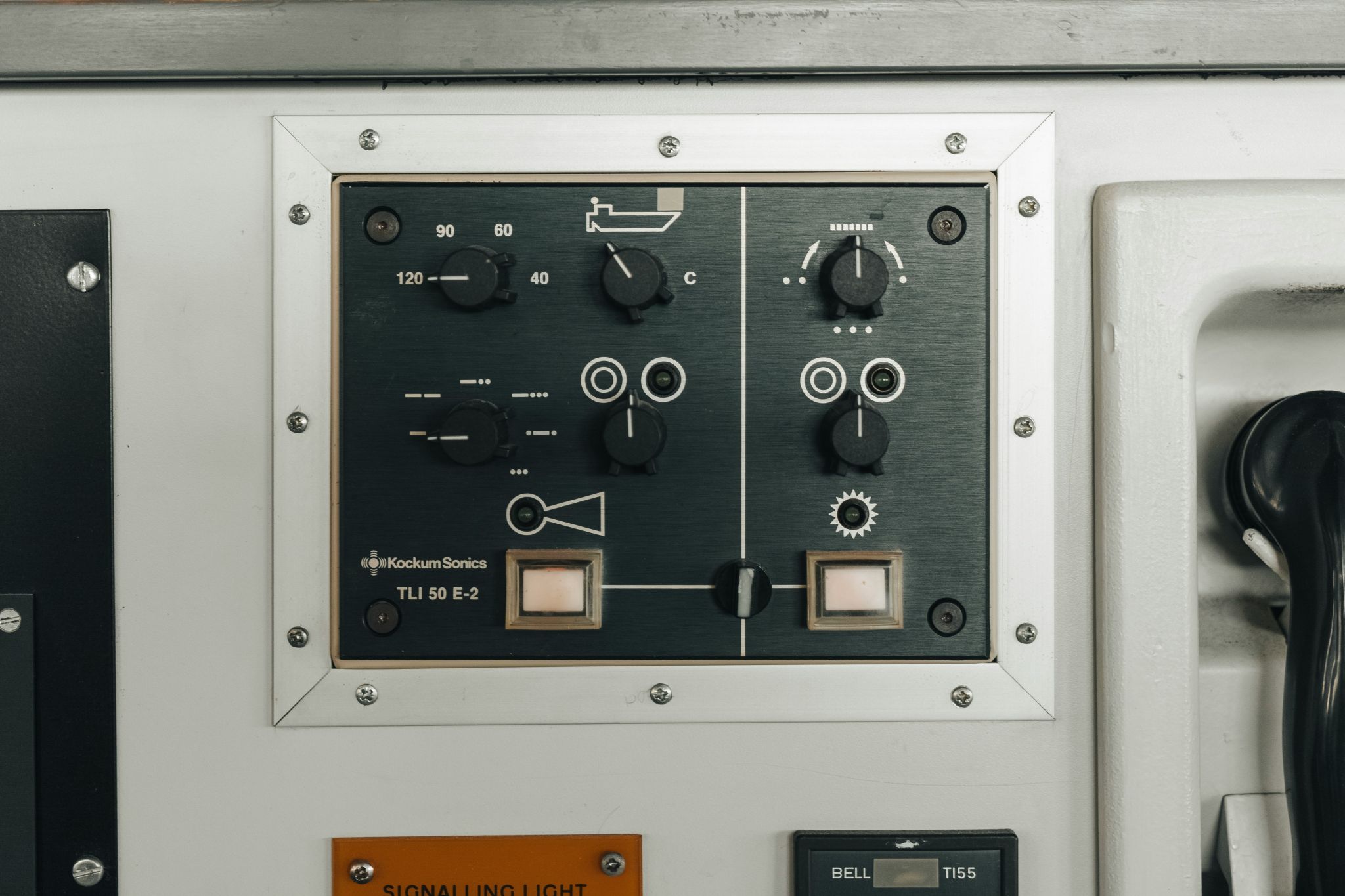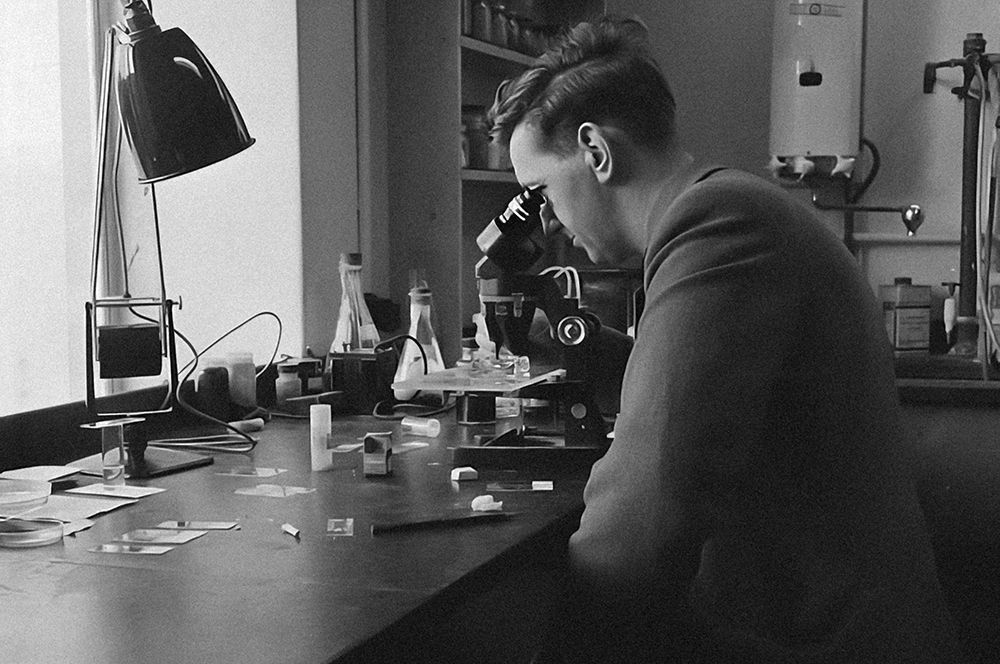The recently released Marvel movie “DEADPOOL & WOLVERINE” has been a global box office success, grossing $1 billion as of mid-August. These two characters have something in common: they both possess superhuman regenerative abilities that border on immortality. Now in 2024, as we watch these superheroes with their ultra-regenerative powers, a question arises. Is this ultra-regenerative ability merely a cinematic fantasy?
As you may know, among the many life forms that exist on Earth, there are indeed species that possess ultra-regenerative abilities. Lower animals such as amphibians and fish have the ability to regenerate tissues even if parts of their bodies are severed. The scientific community is continuously studying these regenerative abilities. Aren’t you curious? Why don’t mammals exhibit such regenerative abilities?
Recently, a research team led by Dr. Kim Jang-hwan and Dr. Lee Jeong-soo from the Korea Research Institute of Bioscience and Biotechnology, in collaboration with Professor Kim Jong-kyung’s team from Pohang University of Science and Technology, published a study suggesting the possibility of a common mechanism related to ultra-regeneration in mammals as well. The research, for the first time, identified that the desmoplakin (Dsp) protein, which acts in cell reprogramming, is also involved in tissue regeneration in lower animals.
Key Findings
- The Crucial Role of Desmoplakin
- Dsp is a major component of desmosomes, structures that connect cells and provide mechanical strength to tissues.
- Dsp expression increases during reprogramming, and inhibiting it interferes with the formation of intermediate cells, ultimately making reprogramming and tissue regeneration more difficult.
- Evolutionary Connection
- The research suggests that the cell reprogramming mechanism observed in mammals may be evolutionarily linked to the tissue regeneration mechanism in lower vertebrates (e.g., fish).
- Dsp plays a crucial role in both processes, opening up new possibilities in regenerative medicine.
- In Vivo Regeneration Study
- In the zebrafish model, inhibition of Dsp resulted in significantly reduced fin regeneration.
- This was associated with a decrease in the number of regenerating cells and reduced expression of key regeneration markers.
Expected Effects
This research reveals that desmoplakin is a crucial element in cell reprogramming and tissue regeneration, suggesting the possibility of developing new regenerative medicine treatments. Much like the superhuman regenerative abilities possessed by Wolverine and Deadpool, this study could form the basis for developing technology to regenerate tissues – an ability naturally lost in humans. If technology mimicking the regenerative capabilities of fish and amphibians can be applied to human treatment in the future, we too might be able to recover damaged tissues or organs at an astonishing rate.
This research signifies that we have taken one step closer to making such ‘superhero’ abilities a reality in the field of regenerative medicine.









